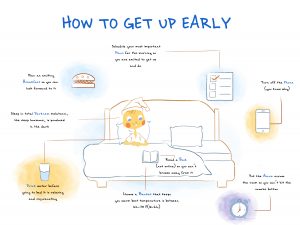
If you’ve spent any time working on your resume over the past few years, or even skimming job-related articles, you’ve probably seen that objectives are out and summaries are in. But even knowing this crucial fact, it can still be challenging to figure out what you’re supposed to say at the top of your resume.
Your summary is your opportunity to draw a potential employer in and entice them to want to learn more about you. To get them to keep reading your resume and see what you have to offer and then hopefully extend an invite for an interview. Having a strong 3-5 sentence summary can set you apart from the competition, while not having one can set you back.
So what do you need to do to get started crafting your summary?
Evaluate your skills. What are some things that you are really good at doing? What areas of your job do you have a lot of experience in? Consider the value that you bring to the table and how you could be an asset to the position or company you are applying to. Maybe you excel at managing projects, cutting costs and streamlining operations, or building highly complex programs.
Research job openings. Find out what employers are looking for too as you evaluate your own skills. Read through a variety of job postings for positions that interest you and compare what they’re looking for. How do your skills, experience, and training match up? You’ll want to tweak your summary for each position you apply for, but having a broader sense of what employers are looking for in these roles can help build a stronger foundation.
Tailor your statement. Now that you’ve evaluated your skills and the job posting, take the best of both and develop a statement that makes you stand out. Touch on your strengths as they pertain to the job, and additional skills you have to offer as well. Perhaps you’ve noticed some pain points with the company and your Six Sigma training or ability to build high performing teams would come in useful for addressing these issues.
Create a headline. Don’t make employers guess who you are or what you do. Below your contact information, create a branding headline. This could be something like “Senior Level Marketing Director,” “Software Development Manager,” or “Executive Administrative Assistant.”
Complement with competencies. Once you’ve crafted your summary, give your resume another boost by adding a section of core competencies. These key words are a quick way to highlight valuable skills that are aligned with the job opening and your experience. Make sure these keywords are also integrated into the content of your resume giving them more context.
A well-written summary is a great way to position yourself in a positive light from the start and show employers why you’re a good fit for the role. Remember, recruiters only spend a few seconds giving your resume a cursory glance, so make it worth their while.
Business & Finance Articles on Business 2 Community(60)
Report Post








